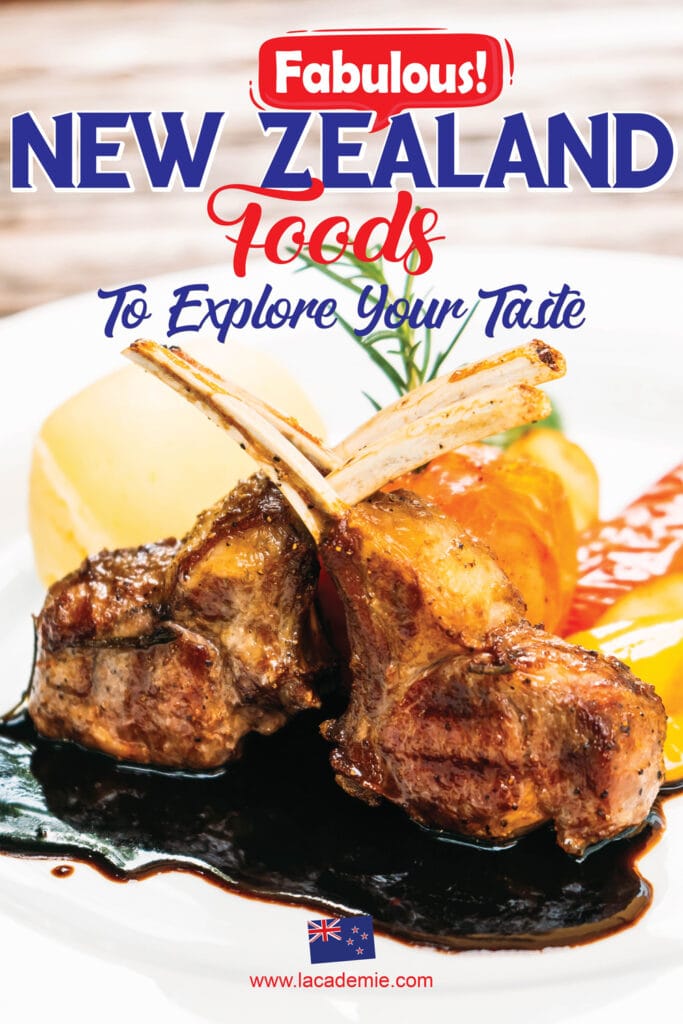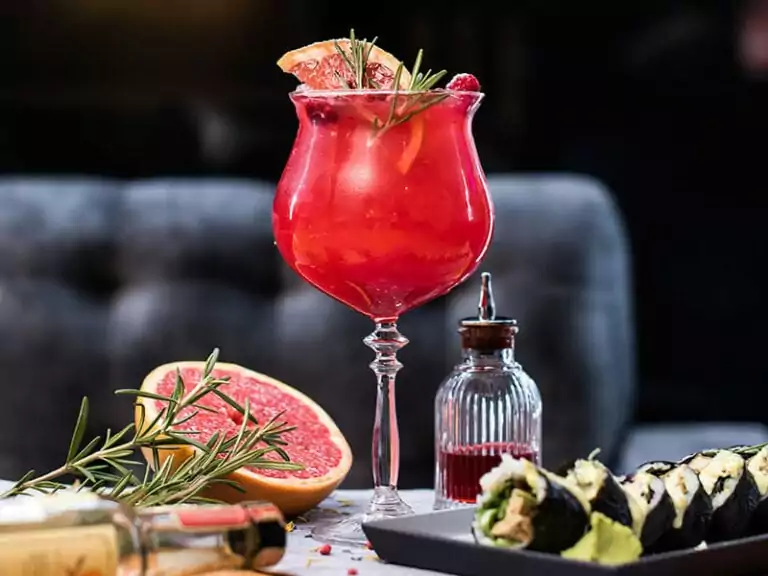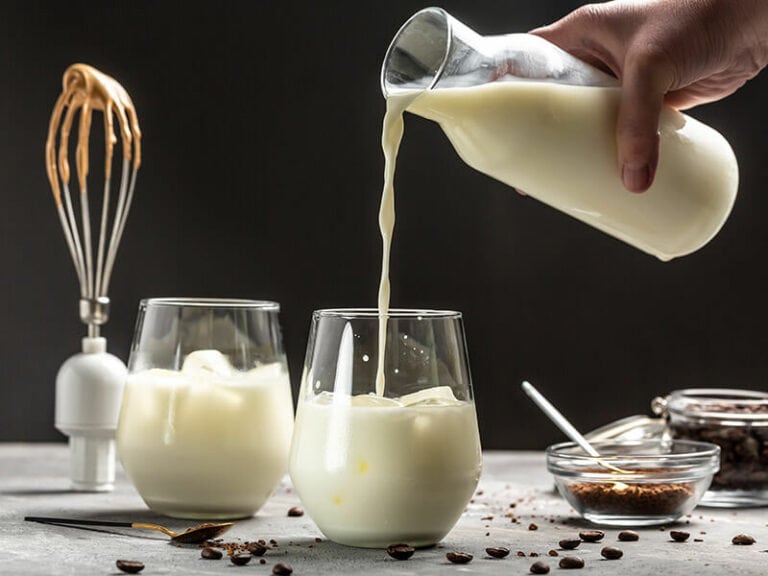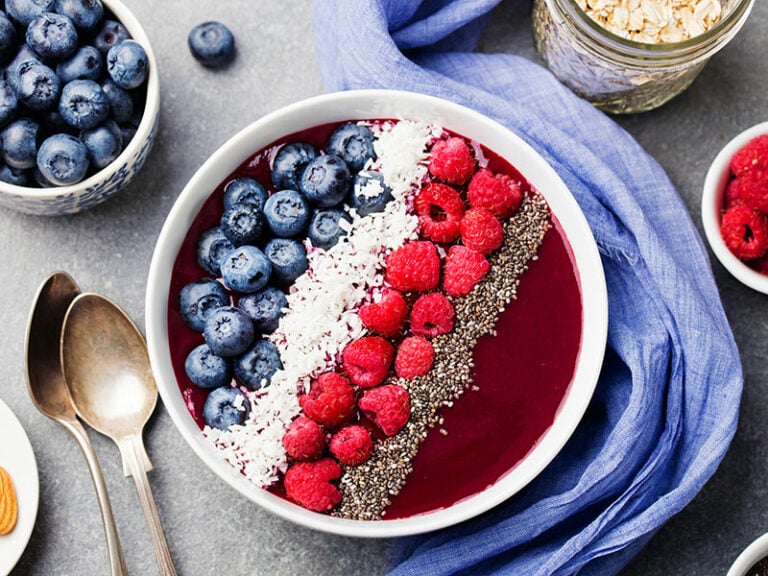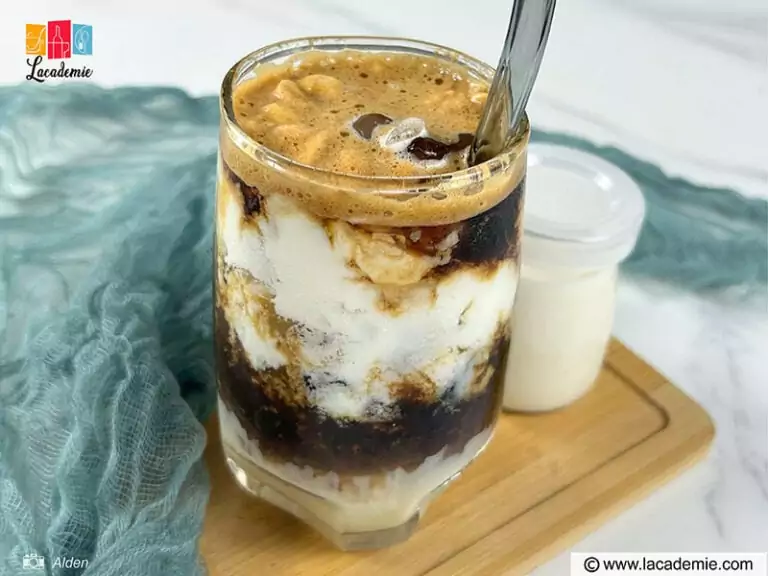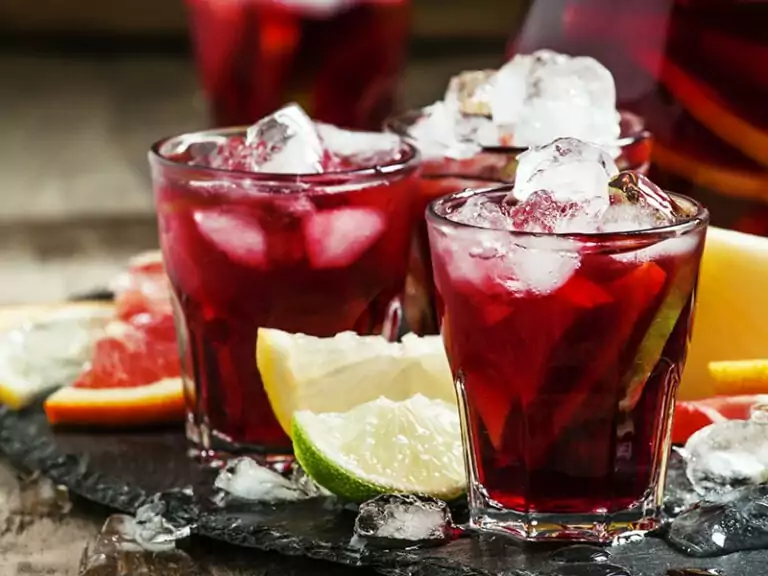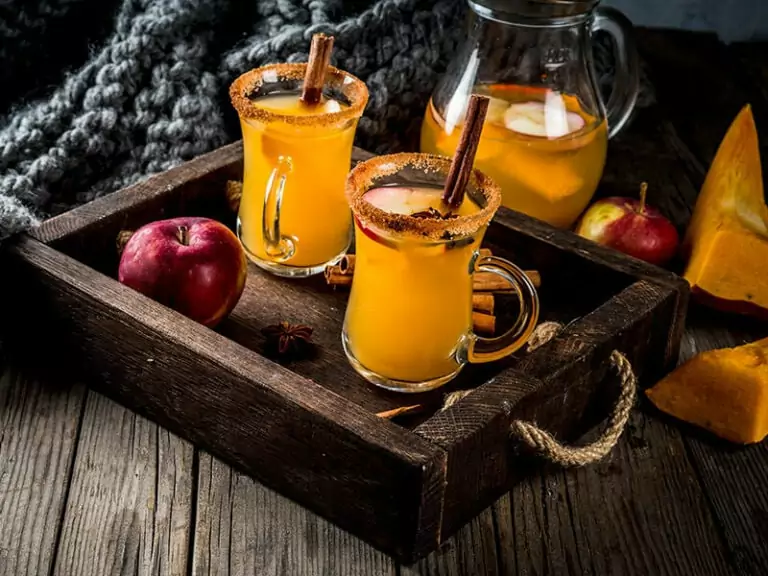New Zealand foods are always present on the world’s culinary maps. Being an island country, New Zealand is famous for its fresh and delicious seafood, and you may have heard that the indigenous there always adore their sweet tooth.
But that’s not all; the oceanic climate also provides a wide range of culinary ingredients that New Zealanders are always proud of. And did you know that they called themself the “Kiwis” after the name of their national bird and fruit?
So now, let’s skip the chatting and get to see how those “Kiwis” enjoy their foods!
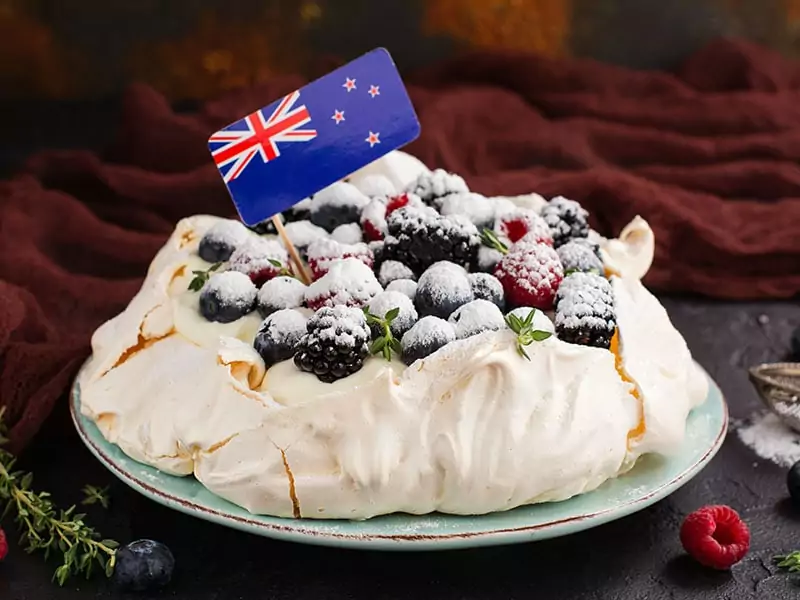
Introduction To New Zealand Cuisine
Below are some key insights regarding the cuisine of Kiwis.
Culinary Practice Influencers
Māori cuisine is an integral part of New Zealand’s culinary tapestry. The original Māori diet normally includes wild ferns, fungi, fruits, root crops (e.g., yams and sweet potatoes), and hunted birds.
The Hāngī, a traditional Māori cooking method, involves slow-cooking meats and vegetables using heated rocks buried in a pit oven called an umu. Alongside the hāngī, Māori cuisine is also known for its abundant seafood, including mussels, crayfish, sea urchins, oysters, and abalone (paua).
On the other hand, with the arrival of Europeans, New Zealanders began to grow and consume traditional British vegetables, such as cabbage, carrots, cauliflower, onion, etc.
Common Ingredient
New Zealand’s meals feature the country’s rich natural resources. Thanks to the stunning coastline stretching 15,000 kilometers, New Zealand is heaven for seafood lovers. Crayfish, “king” salmon, green-lipped mussels, tuatua and pipis (shellfish) are some iconic ones.
Regarding meat, lamb is the pride of New Zealand. The country is the second-largest exporter of lamb worldwide. Moreover, beef, pork, and chicken have also been parts of the Kiwi diet.
Besides the classic British vegetables that I discussed above, New Zealanders also embrace Mediterranean vegetables, such as eggplant and capsicum. Therefore, it is not too hard to find a plate of salad in Kiwi’s daily meals.
Furthermore, kumara (sweet potato) has been a staple of Māori cuisine for centuries.
New Zealand Seafood Dishes
As mentioned above, New Zealand has a wide variety of seafood for being an island country. There are certain kinds of seafood that you can only enjoy properly in New Zealand. Therefore, always take your chance to try them when you get there.
1. Fish and Chips
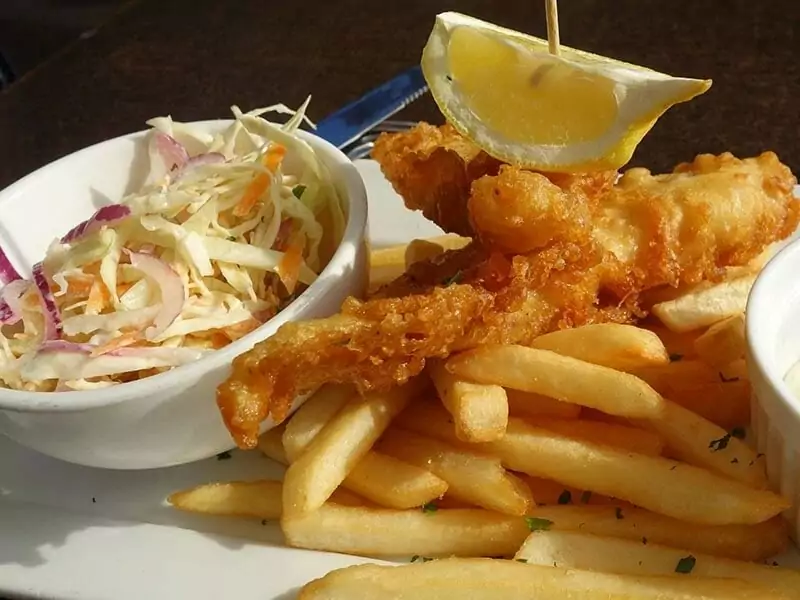
Indeed, Fish and Chips is a popular dish that sprouted in England. However, it’s also a culinary tradition staple of the Kiwis. Most of the fish and chips restaurants or shops in New Zealand provide various options for the dish.
It is an exquisite combination of starchy, flaky, and crunchy sensations in every bite. More specifically, the tender fish is encased in a golden, crispy batter, often made lighter and more delicate with the addition of beer.
For the fish, elephant fish, hoki, and red cod are some common varieties. And you can choose the regular French fries or the traditional kumara fries for your meal. Enjoying this dish with a refreshing salad while resting on the beach is one of the habits of the Kiwis.
2. Whitebait Fritters
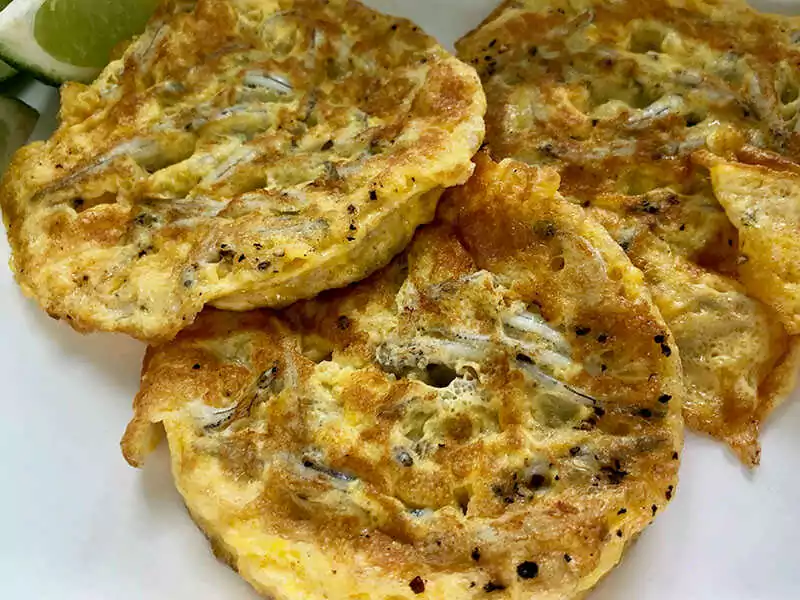
If you haven’t heard about this before, “whitebaits” is a term for immature or tiny types of fish. And whitebait fritter literally is a pancake with these fish present in many gastronomes, but the Kiwis’ version uses smaller whitebait than the regular ones.
Since most fritters are made of freshwater whitebait, this is a good option if you’re allergic to seafood. And you can easily find it at street food stalls, especially on the West coast of Southland.
However, due to the overfishing in New Zealand, this is also a controversial dish that you might want to think twice before purchasing.
See how the locals make fritters with their fresh-caught whitebait.
3. Kina
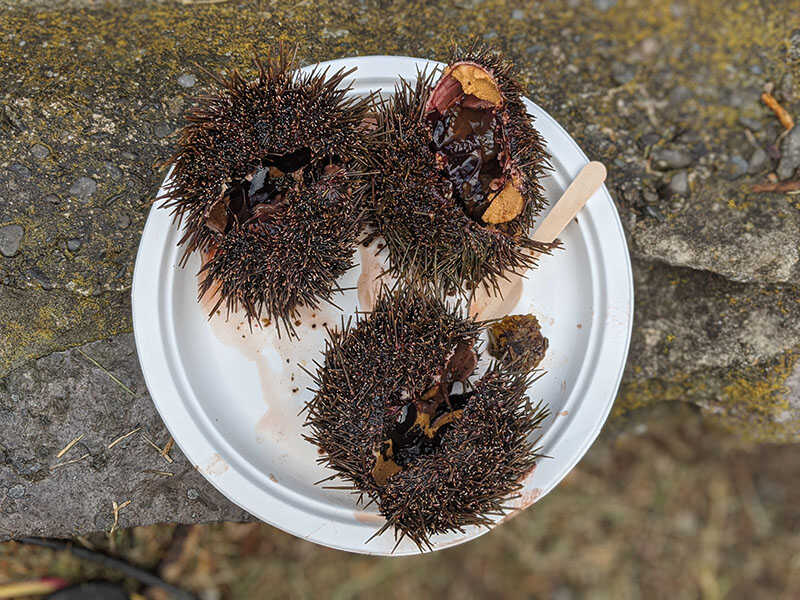
Kina is a very abundant sea urchin species across New Zealand. The indigenous have enjoyed this sea delicacy for centuries, but it’s only become commercialized since 1986.
In fact, out of the 70 sea urchin species found in New Zealand, Kina is the most well-known and commercially valuable. This creature has a shell with hard spiny brown spikes and a soft and edible flesh.
Nowadays, you can find deep-fried Kina or Kina pie. However, the best way to enjoy this ocean snack is raw on a boat tour at the country bays. Once fried, its tender flesh will release a unique fragrance that you can never forget.
See how the locals enjoy their tasty sea urchin snack.
4. Green-Lipped Mussels
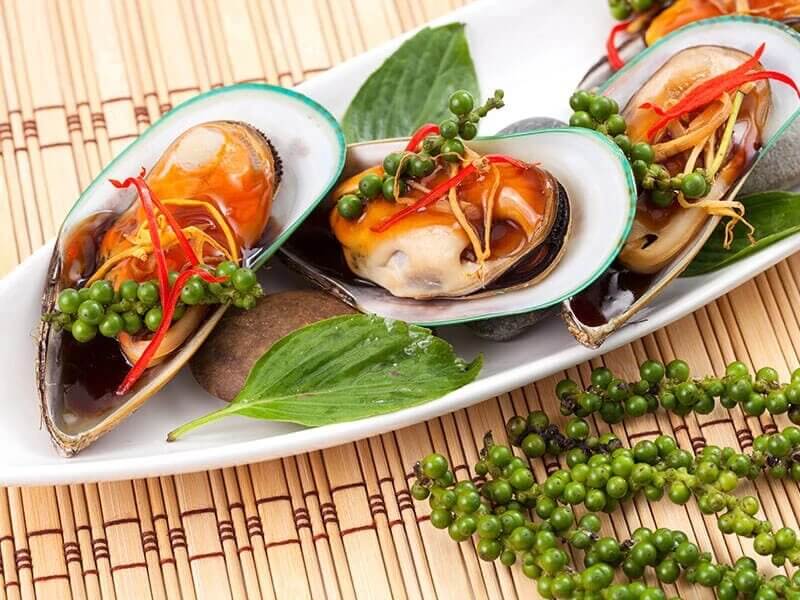
The dark green shell and the bright green lip have given this mussel its name. Nowadays, you can find green-lipped mussels (or “kuku” in Māori) in other regions of the earth, but it’s much more affordable in New Zealand since you can enjoy them freshly caught.
In addition, one destination to consider is The Mussel Pot, a restaurant that offers various yummy mussel dishes, from steamed and baked to smoked and in chowder form.
Savor them with a glass of Marlborough Sauvignon Blanc, you will be hooked! Regarding its health benefits, the locals also believed that green-lipped mussels could reduce asthma and arthritis.
5. Crayfish
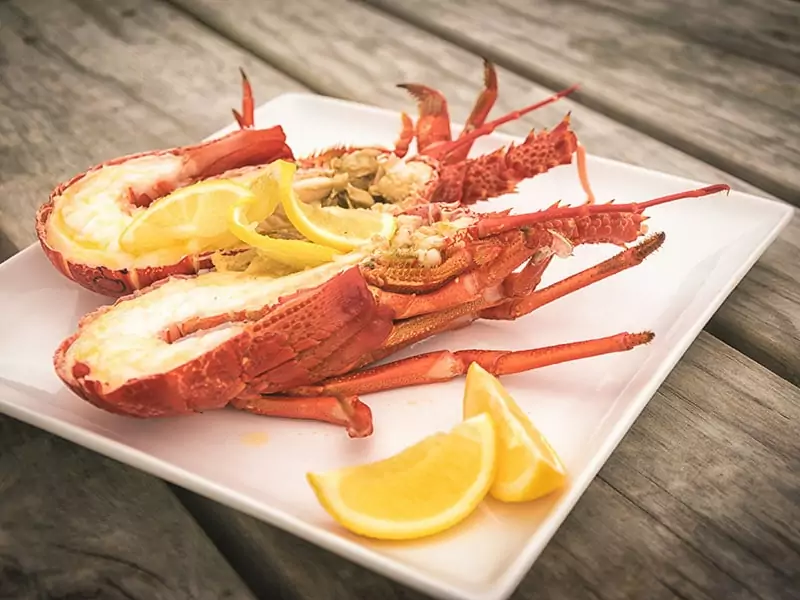
Crayfish is another well-loved seafood in the country. People normally cook them in the same way as they do with lobster. However, similar to lobster, this food might not be too affordable.
But if you have a chance to try them in New Zealand, you can sense the delicately sweet flavor with a meaty texture that resembles tiger prawns.
The best place to enjoy crayfish is Kaikoura. This is a beautiful town on the South Island of New Zealand.
6. Pāua

Paua is an abalone species with a vibrant shell mostly caught in New Zealand. It has become an aquaculture product back in the 1980s. You can now find it in the Kiwis’ jewelry, and it’s especially abundant in cultural souvenir stores.
It is also edible. Often referred to as the “steaks of the sea,” paua has a firm, meaty flesh and savory, sea-infused flavor.
You can have Paua in many ways, raw with some lemon juice, steamed, fried, or even fritters and soups. However, it’s believed that the best way to enjoy this abalone is to grill it.
See how Gordon Ramsay catches and tastes the paua.
7. Bluff Oyster
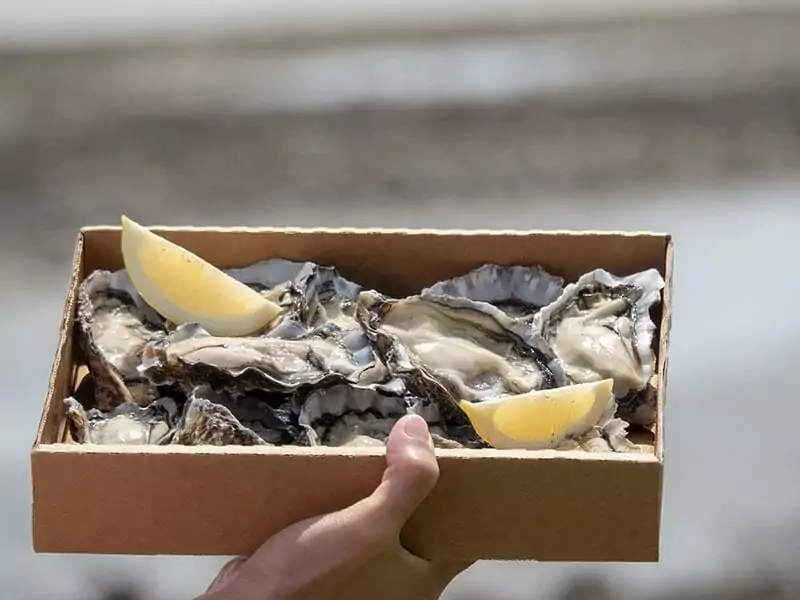
You may have tried many kinds of oysters before, but skipping this one and you’ll regret it. In fact, many locals and even foreigners assume that this is the tastiest oyster in the world. Nowadays, Bluff oysters have been commercially cultivated on a large scale.
Therefore, they are available across the country, and you can enjoy Bluff oysters all year round. For the best experience with the fresh oysters, you should visit Bluff, a southernmost town in New Zealand.
For further enlightenment, its season begins from March to August, and the peak season is May, with an oyster festival that you shouldn’t miss.
New Zealand Meat Dishes
New Zealand cuisine is not only famous for its variety of seafood but also remarkable for its grilling and baking dishes made from several kinds of meat. So let’s take a look at these outstanding dishes that you can only try in New Zealand.
8. Hāngī

Not a specific food or a dish, the term “hāngī” stands for a cooking method from the Maori people that can also be understood as the “earth oven,” which you cook food under the ground. It indicates a group of food covered in a packet, which is then buried in a pit lined with hot stones.
Hāngī is usually served as a buffet, and the natives would prefer to use root vegetables, pork, beef, and chicken for their feast.
However, since this process will take about seven hours or more, you can now only find it in some specific restaurants or during the cultural tour. And it’s now covered in aluminum foil and steel basket rather than the traditional flax leaves.
Check out the way Kiwis prepare and enjoy their Hāngī.
9. Meat Pies
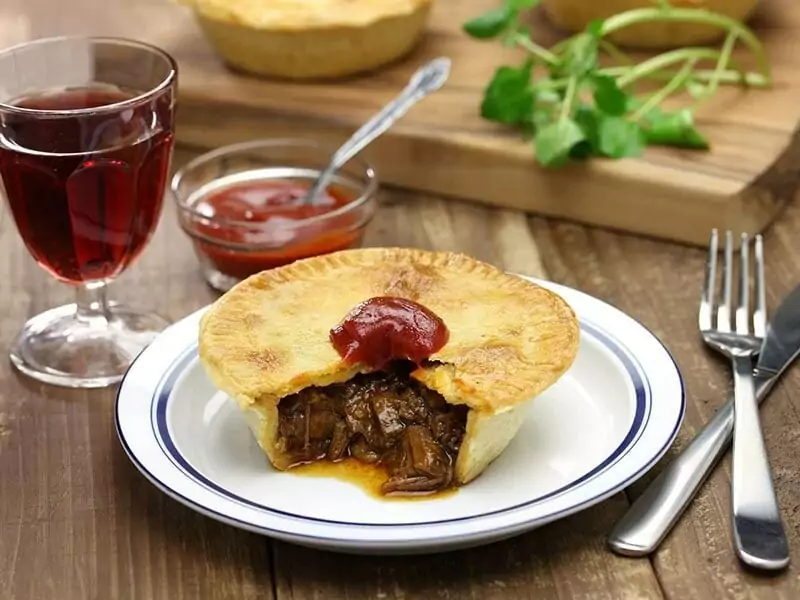
Indeed, meat pie appeared in different versions across countless regions. However, you’ll be surprised to know how famous it is in New Zealand and Australian food culture.
New Zealanders even considered it one of their national identities and held an annual festival to honor their love for Meat Pies.
The meat pies here are as large as a hand, and the cultural filling includes minced or diced meat from cattle or poultry, onion, mushroom, and the essential gravy. However, you can also find various types of meat pie around the country; the most favorite addition is cheese or curry chicken.
10. Lamb
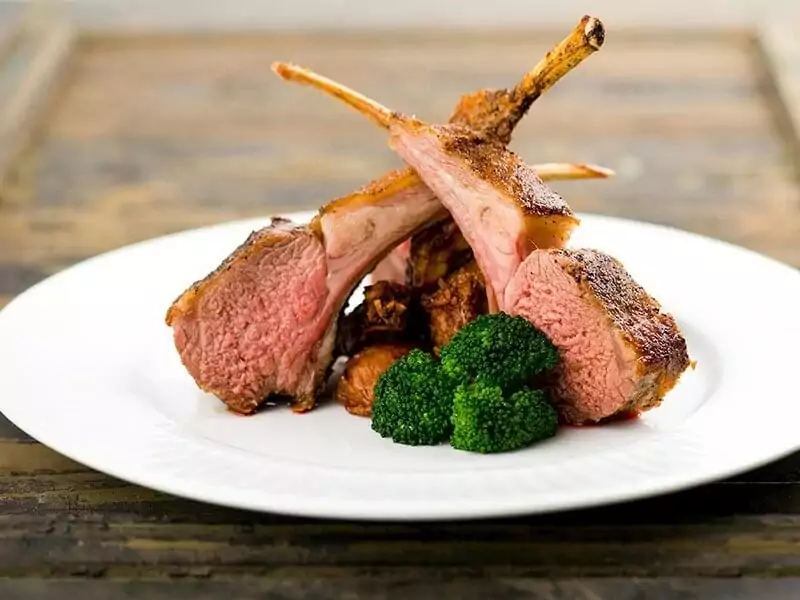
As mentioned, lamb is a treasure in this country. And take one bite of this succulent, tender meat, you’ll understand why it’s so popular here.
Interestingly, the number of sheep in New Zealand is even greater than the population. Plus, New Zealand sheeps are grass-fed, which gives the meat a more pronounced flavor.
There are multiple ways to enjoy delicious lamb in New Zealand, grilled, toasted, or even sandwiched.
One of the best ways to enjoy New Zealand lamb is during a traditional Sunday roast. FYI, roast lamb is typically a medley of roasted or boiled vegetables and rosemary.
11. Sausage Sizzle
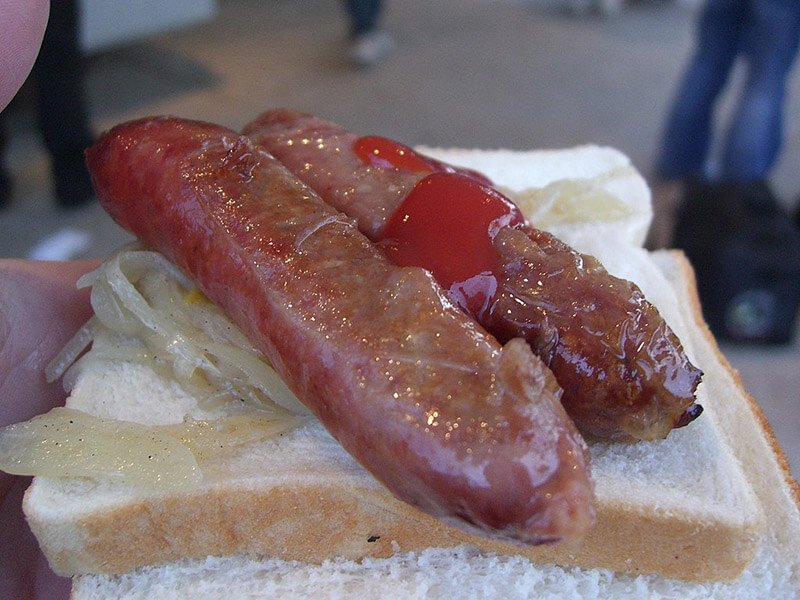
Sausage Sizzle is associated with either a fast meal for weekends or fundraising events. This highly affordable snack is simply made of white loaf bread slices and “sizzling” cheap sausages cooked on a grill or barbecue.
The sausages are commonly made from beef or pork. Other accompanies are ketchup, mustard sauce, and fried onions. Moreover, this treat is also popular in Australia.
12. Kiwi Burger
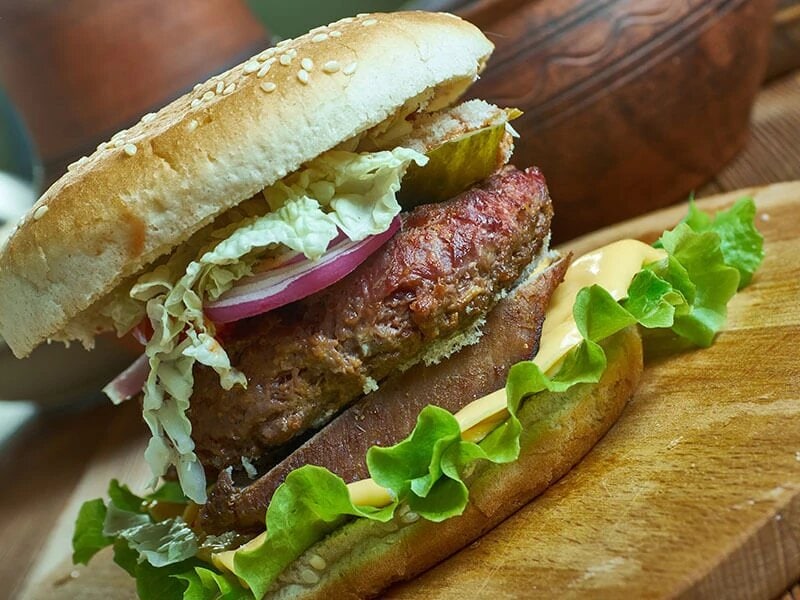
Kiwi Burger is actually named after the Kiwis, and it doesn’t contain kiwi fruit in any aspect. Comparable to the regular burger, the Kiwi burger is a combination of qualified local ingredients, such as grass-fed beef.
The significant identities of the Kiwi burger are a fried egg and a few slices of beetroot in the layers. However, some local eateries may not write the “Kiwi” name on their menu, so if you’re wanderlust and want to try this delicacy, just look for the burgers with beetroot.
You can find this tasty specialty in various pubs and even McDonald’s across the country as well!
13. Kiwi BBQ
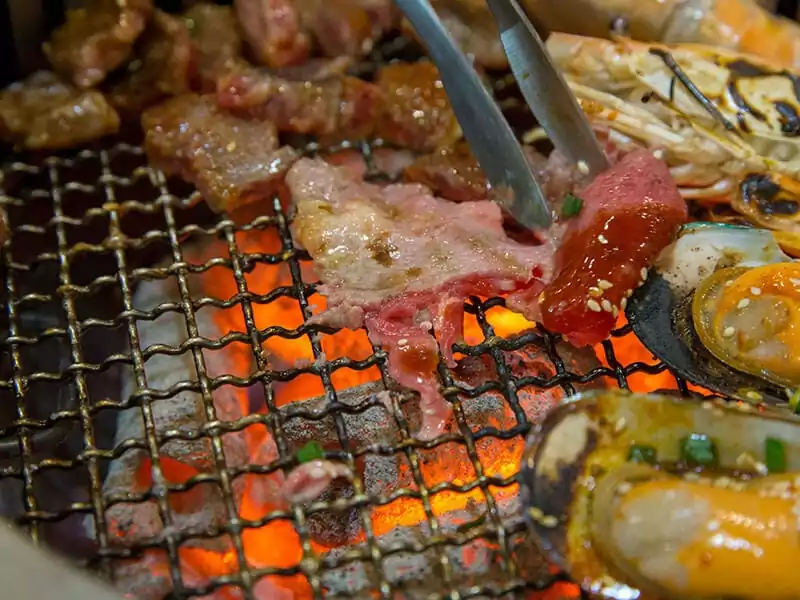
Traditionally, the Kiwi BBQ only calls for a few varieties of sausage and tomato-based sauces. And it has developed to become a Kiwis tradition today, especially in Auckland.
During the weekends of the summer, you can easily spot New Zealander families gathering in their backyard, grilling sausages, chickens, beef, lambs, seafood, and serving them with multiple sorts of vegetable salad.
Most importantly, alcoholic drinks are rarely absent from Kiwi BBQ. It is also an excellent New Zealand dinner recipe for Christmas. Therefore, if you’re traveling to New Zealand during this time, don’t skip the chance to join their delicious Kiwi BBQ.
New Zealand Sweets
Save the famous Pavlova for an exception; many sweet foods have deeply rooted into the New Zealanders’ gastronomy and can’t be found anywhere else. Here are some cultural confectioneries that you won’t be able to resist.
14. Pavlova
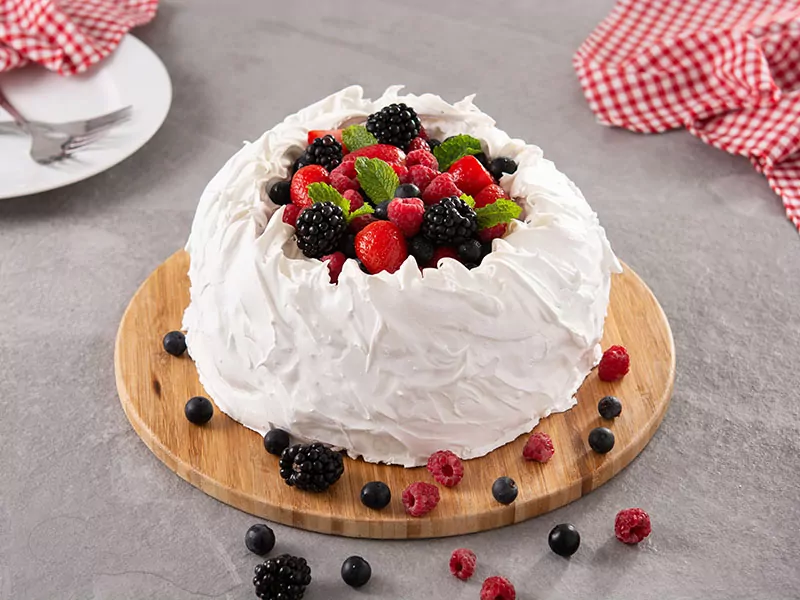
Though the recipe for Pavlova was formed long ago, it only got its name during the 1910s. This meringue-based dessert is named after Anna Matveyevna Pavlova – a famous Russian ballerina. There was a saying, “She does not dance; she soars as though on wings.”
Therefore, you can get an idea of how she inspired the chefs. During this time, Pavlova visited both Australia and New Zealand on her ballet tour. Since then, things have been debated about whether the Kiwis or the Aussie originated this cake.
Regardless of the origin, this is a simple New Zealand dessert mainly made of egg white and sugar; flour is rarely added. Fruits like plums or strawberries are also popular ingredients in making this cake. A sweet and creamy Pavlova might be the best plum dessert you’ll ever taste.
When serving, Pavlova is usually topped with whipped cream and a lot of delicate fresh fruits.
15. Lolly Cake
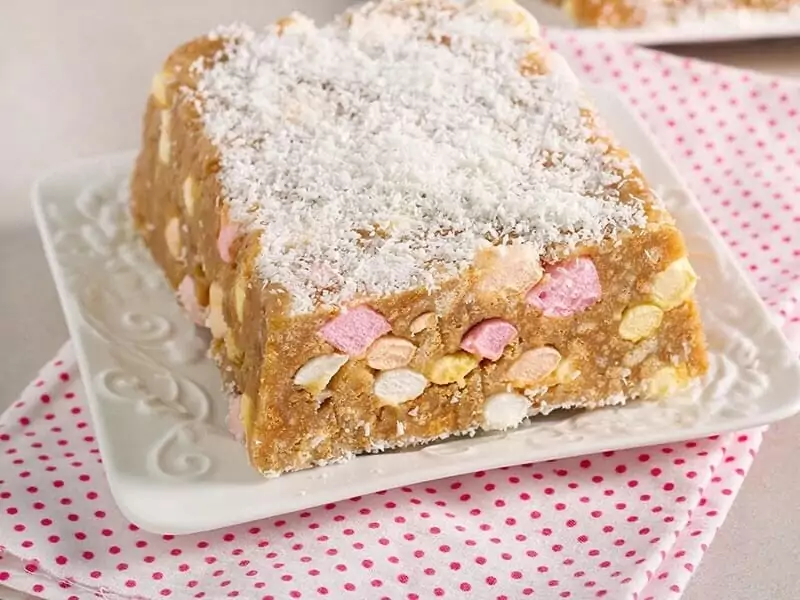
Besides calling themself the Kiwis, New Zealanders have more interesting slang than you might think, such as Lollies – which literally means sweets in general. And this cake is made of multiple types of sweets, including marshmallows, candies, cookies, etc.
Traditionally, this cake will be made of crushed malt biscuits, condensed milk, and melted butter, and the rests are optional. Then, the mixture is shaped into a loaf, rolled over ground coconut, and served in slices. The native also consider slices of Lolly cake as a sweet gift.
16. Afghans
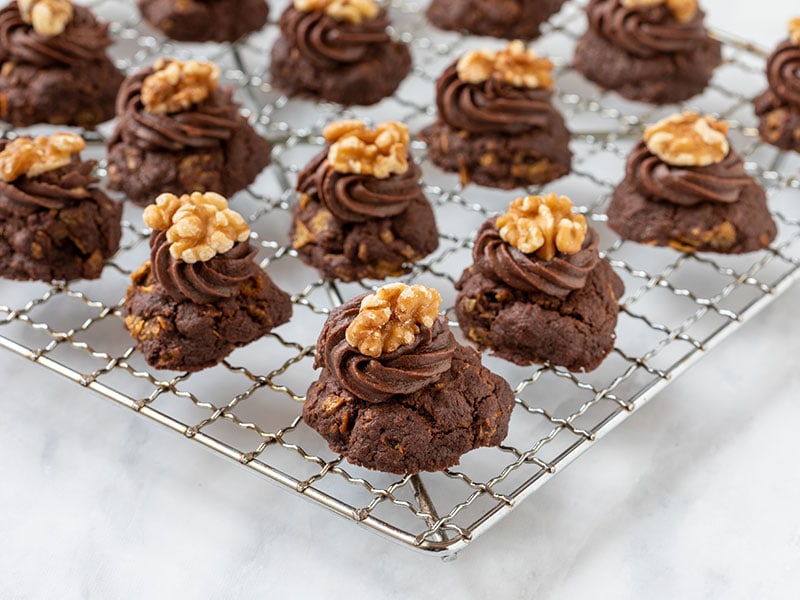
Though it may sound like a Middle Eastern region, Afghans is an actual cookie that originated in New Zealand. This name has led to many controversial theories on its origin, about whether the name was inspired by the Afghanistan landscape or just the Afghan’s hat.
Also, though the cookie was invented in 1934, many historians assumed its name was reminiscent of the first Afghan war, which led to racist and culturally defensive debates. Regardless of the arguments, this sweet includes cornflake, flour, sugar, butter, and cocoa.
It’s also coated with chocolate icing and topped with a piece of walnut. Since there’s no leavening or rising agent, the texture is denser and quite heavy compared with regular cookies. It’s best to enjoy these confectioneries with a cup of hot coffee or tea.
17. Pineapple Lumps
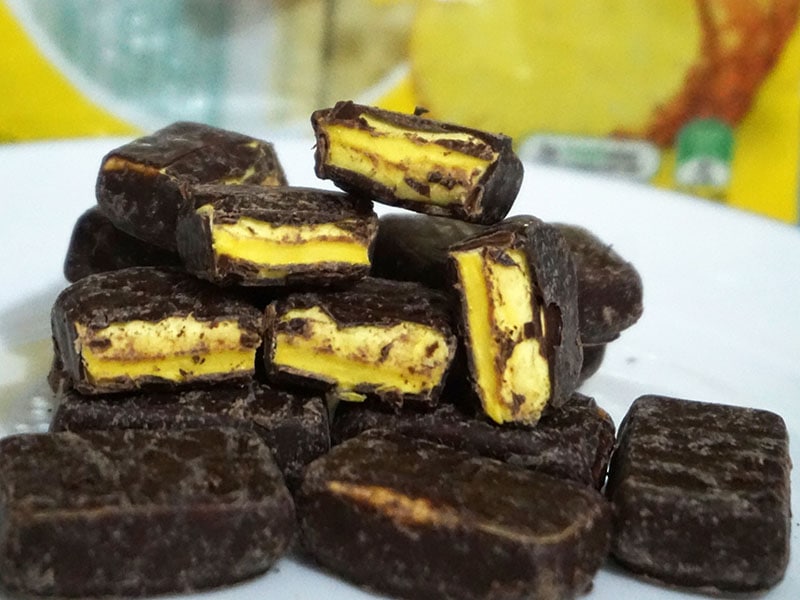
Pineapple Lumps is a kind of lollies that you can easily buy from supermarkets or ice-cream stalls along the streets. It has been available since the 1950s and is deeply rooted in Kiwis’ culture.
This is a sort of firm marshmallow with pineapple flavored and covered in milk chocolate. You might think that pineapple and chocolate are a weird combination, but it eventually works well for this treat, especially in a frozen state.
18. Hokey Pokey

New Zealand is the world’s most loving ice cream nation. Therefore, you can find countless kinds of ice cream here. And Hokey Pokey is a particular ice-cream flavor that you can easily get in both ice-cream parlors of the supermarket.
Basically, this flavor calls for a plain vanilla ice cream topped with tiny pieces of honeycomb toffee. Caramel sauce is usually added as well. Despite how many flavors there are, Hokey Pokey always remains a staple with ice cream lovers.
19. Jaffas
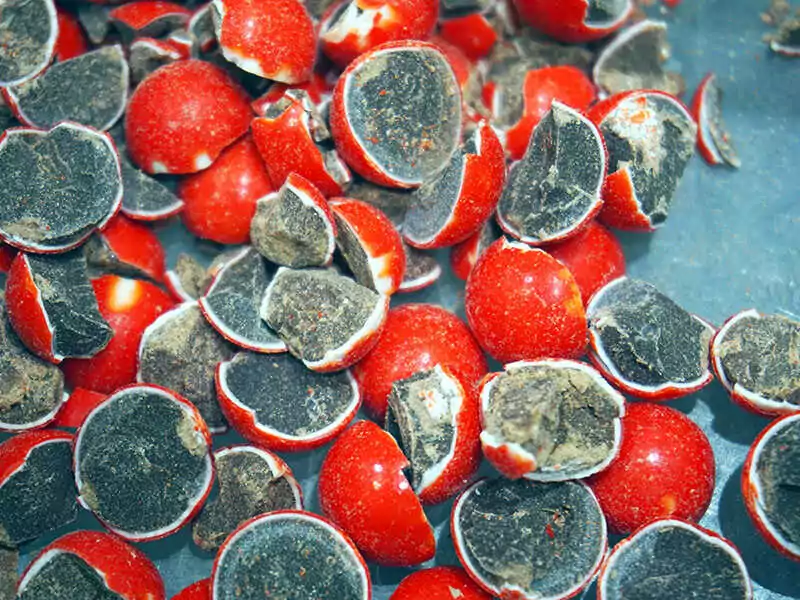
While Jaffa is a kind of orange, the Kiwis’ Jaffas are a type of balled chocolate. To be more detailed, Jaffas were first produced in New Zealand in 1931. It appears in small spheres, combined with a sweet red coating that has an orange flavor.
For further enlightenment, New Zealand holds the world’s steepest street, where the natives organize an annual Jaffas race. Therefore, you can tell how much the Jaffas have gone into their hearts.
20. Manuka Honey
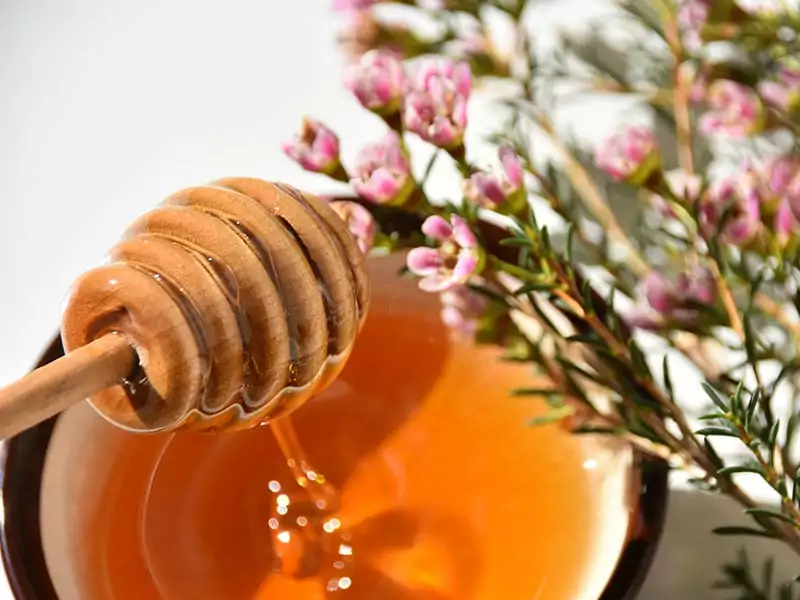
Though honey is not a confectionery, it’s hard to talk about the sweets of New Zealand without mentioning Manuka Honey. The Maori settlers have found the medical benefit of the Manuka tree more than a century ago.
But it was only known for preventing gastrointestinal illnesses at that time. Recently, the Manuka Honey has been discovered to have magnificent benefits in cosmetic and skincare products.
Unlike regular honey, instead of having a floral taste, it possesses more earthy tones in their sweetness. The texture of Manuka honey is thick and rich, often described as grittier than other honey varieties.
It’s also known as the world’s most expensive honey. Depending on the quality, first-class Manuka Honey can cost up to $1000 per kilogram! However, in New Zealand, you can find the best quality version from the beekeepers at a lower cost.
New Zealand Fruits
The Oceanic climate has given New Zealand many types of plants that you can barely find anywhere else on earth. These fruits below are the most outstanding ones that you must try once you get to New Zealand.
21. Feijoa
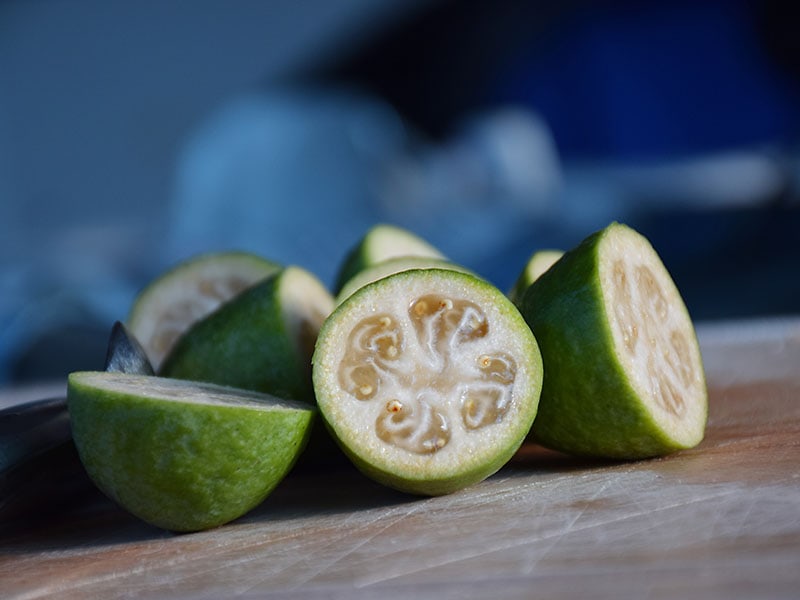
Many foodies love to explore food names starting with a certain letter. If that’s your hobby, New Zealand offers you a famous gastronomic delight that begins with F – feijoa.
Also known as the pineapple guava, this egg-sized fruit is extremely abundant in New Zealand, especially during its season from March to June. And besides the kiwi fruit, feijoa is also an important fruit in the country.
If you’re curious about the taste, it’s a mixture of guava, pineapple, and strawberry. Many families have a feijoa plant in their garden, and it’s an exciting experience to have these fruits right from their vine.
Otherwise, it’s still easy to buy feijoa in the supermarket. Though the best way to enjoy feijoa is eating raw, it’s also available if you want to try this superfruit juice, jam, pie, and even alcohol.
22. Kiwi
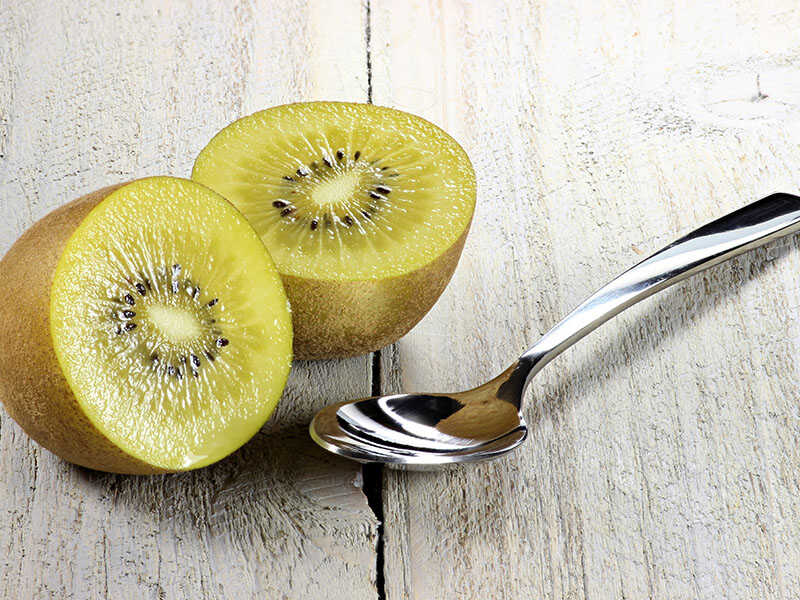
The delicious and tangy flavor of this fruit does not need to be debated anymore. But did you know that the kiwi is actually a fruit originating in China?
Despite that, kiwi fruit has been widespread in New Zealand and has become one of the most important exports as well as the national fruit today. Therefore, you can find countless varieties that are highly affordable.
You can also find kiwi flavor in almost any dessert of the New Zealanders. However, the most effortless and enjoyable way to eat kiwi is to cut it in half and use a spoon to scoop out the beautiful juicy flesh.
It goes without saying that kiwis should only be eaten when they’re ripe. Without knowing how to make kiwis ripen, you might end up with fruit too sour and astringent for your taste.
Check out some facts about this magical fruit that you may have missed!
Other New Zealand Dishes
Lastly, some cultural dishes of New Zealand are extremely tasty but easy to be missed. Here are some fantastic foods that you’ll fall in love with, and keep in mind that these dishes are so simple that you can even make them at home.
23. Spaghetti On Toast
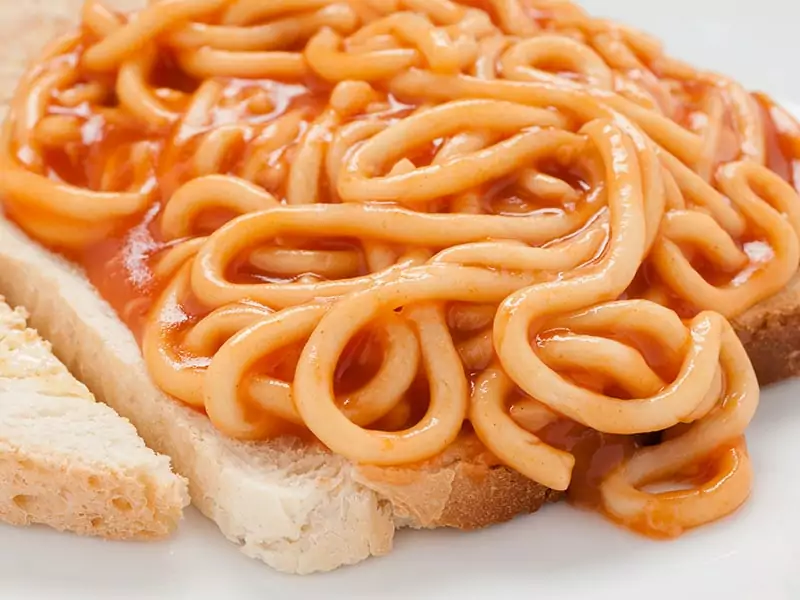
If you’re an avid fan of charming Italian cuisine, this dish might seem absurd at first sight. However, this New Zealand version is absolutely worth trying. As simple as the name, this is simply putting the spaghetti on the toast, a meal full of starch that is perfect for filling your stomach.
Though you can rarely find a restaurant or street food stall that serves it, it’s actually a traditional homemade breakfast of the Kiwis, sometimes lunch as well.
You can use your favorite kind of spaghetti or make your own recipe for this dish. Still, the New Zealand recipe would call for canned spaghetti as it is convenient and excellent for a rush breakfast or an effortless meal for a chilling weekend.
24. Kumara Fries
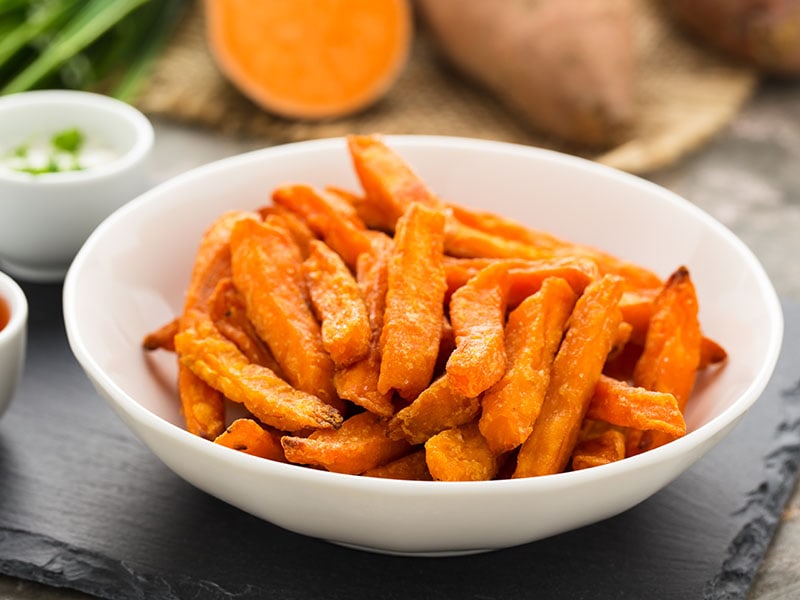
Kumara, or sweet potatoes, was brought to the New Zealand islands ever since the first settlement of the Maori. You can now find them in many local dishes, such as traditional Hāngī, but deep-fried in oil is the best way to enjoy this sweet root vegetable.
Of course, this method was influenced by the world’s popular French fires during immigration. Therefore, almost everywhere that serves French fries in New Zealand also offers their traditional fries as well, and don’t hesitate to give them a try!
25. Maori Bread
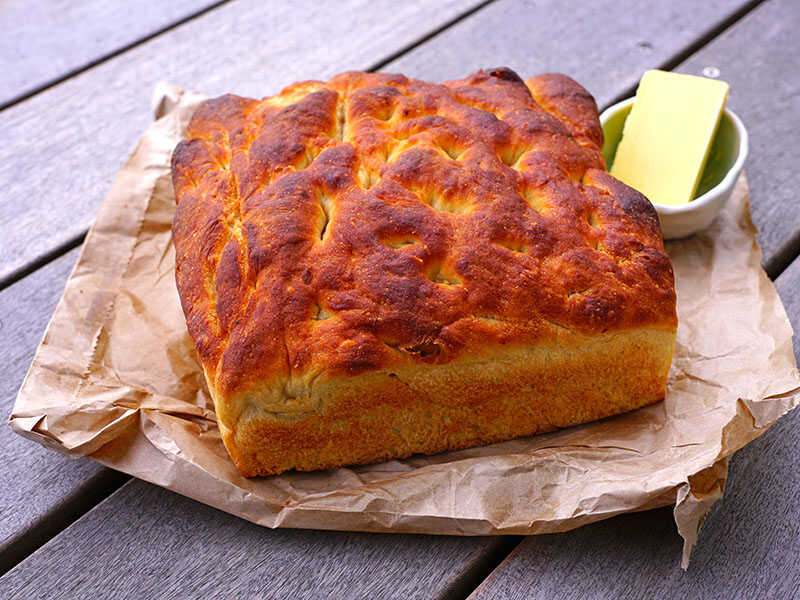
As the name has suggested, the origin of this dish is from the Maori, and it’s called “Rewena Paraoa”. This kind of bread is quite rare today, you can only find it in farmer markets or specialty bakeries, but it’s definitely worth the search.
The key ingredient that made the fame of this bread is “bug” – a cultural potato starter, and the remaining elements are the same as regular bread recipes, which are flour, sugar, baking soda, and salt.
There’s also another kind of this bread that wasn’t baked but shallow fried instead. It’s more common than the baked type but still not that easy to find since it’s sold mainly by the traditional bakery or cultural places for foreigner’s tours.
Check out how you can substitute “bug” with yeast but still get a delicious Maori Bread.
26. Southland Cheese Rolls
The dairy industry in New Zealand is very well developed. Therefore, you’ll find that the artisan cheeses here are bigger either in size or fame. One of the cheese dishes you must try is the Southland Cheese Rolls.
These are cheese rolled in bread slices and brought to a toaster, and it’s chiefly served with ketchup. This cultural New Zealand breakfast recipe gained its name because it’s only widespread in this part of the globe; it even rarely appears in Northland.
Check out one of the first places to enjoy Southland Cheese Rolls.
27. Marmite
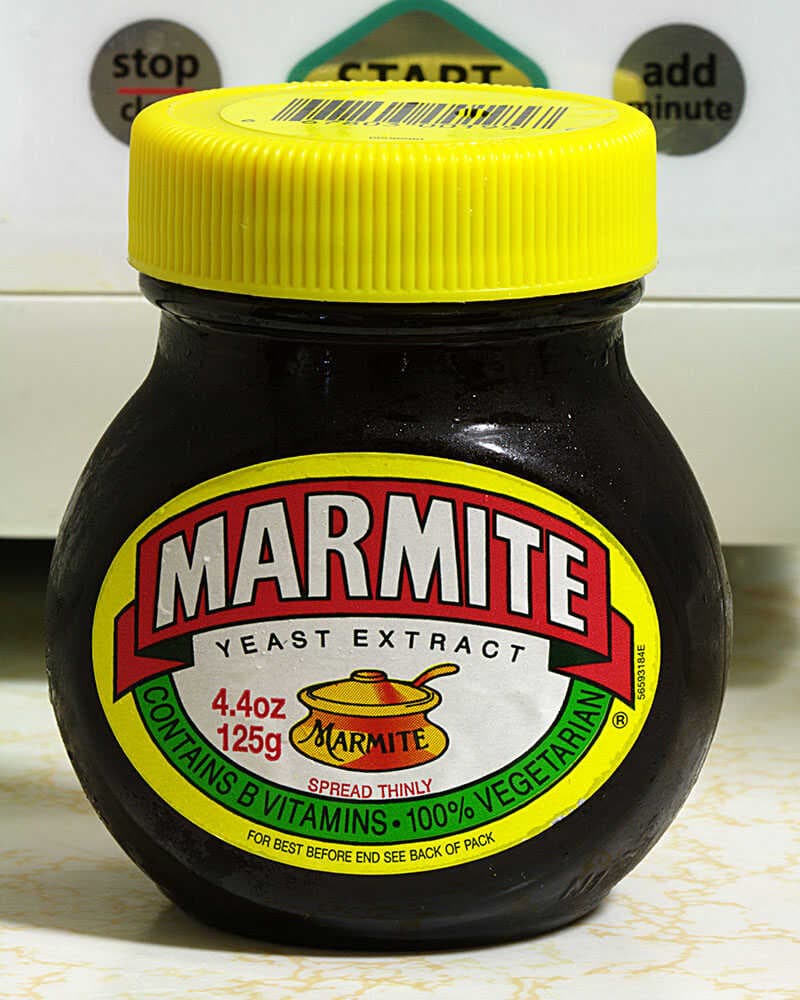
Marmite is a proud product of the Sanitarium Health and Wellbeing Company. This savory delight is distributed not only in New Zealand but also in Australia and the Pacific.
Made from yeast extract, a by-product of beer brewing, Marmite has a rich, savory taste. Each spoonful reveals a velvety texture and a deep, dark hue that speaks to the essence of this food spread.
One popular way to enjoy it is by spreading it on bread with potato chips, or to make “Marmite and Chippie” sandwich. Plus, this food spread is not only unique but also a source of essential nutrients with folate, B vitamins (especially B12), and iron.
Often compared to Vegemite – an iconic food in Australia, these two foods are quite different in terms of texture and flavor. The former is a thick paste with a salty and slightly bitter taste, while the latter has a saltiness balanced with a slight sweetness, and its texture is smooth and silky.
New Zealanders’s Drink Culture
Let’s move to the next section, which is about the drinking ist of the Kiwis.
28. Wine
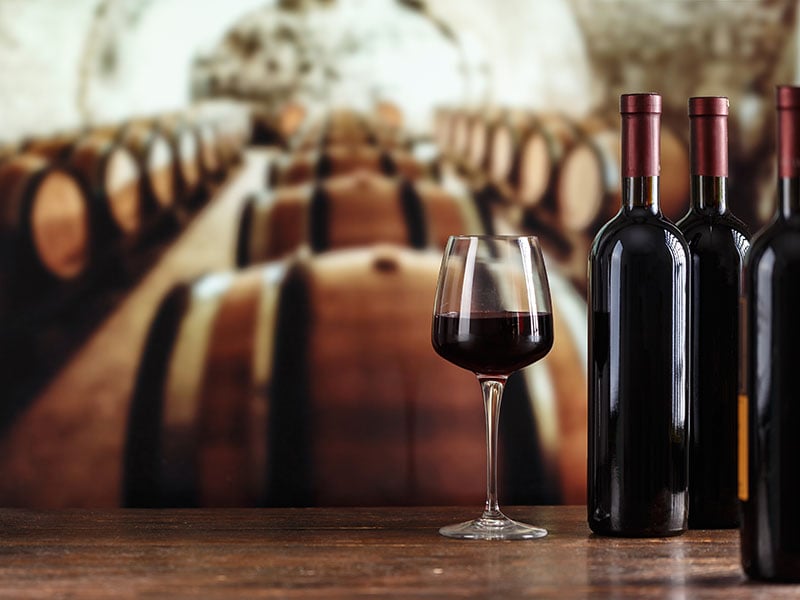
New Zealand has also made a name for itself as one of the top wine-producing countries in the world.
The country’s most famous offerings, Pinot Noirs and Sauvignon Blancs, have carved out a significant presence in international markets. Each sip of these exquisite wines seems to tell a story, transporting you to the rolling hills and sun-kissed vineyards where these masterpieces are carefully created.
New Zealand has a diverse range of wine regions. The biggest wine-producing area in this country is the Marlborough region with over 29 thousand hectares. This region is primarily known for its Sauvignon Blanc varieties.
29. Crafted Beer
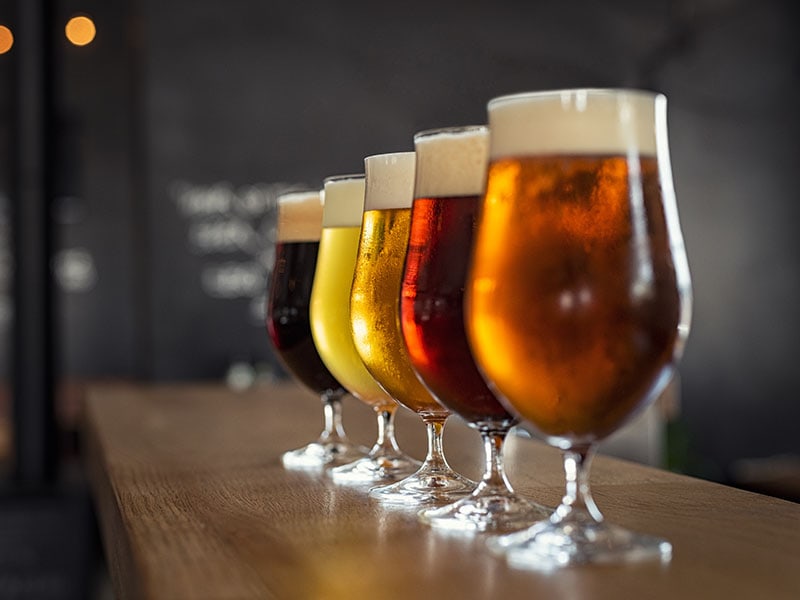
Next to wine, this beautiful nation has a wide range of flavors and experiences for those who appreciate the art of brewing.
Craft beer indeed has found a special place in the hearts of New Zealanders, where the brewing traditions date back to the early German settlers.
Today, this cherished beverage continues to grow in popularity, with Lion Nathan and DB Breweries leading the way as the largest breweries in the country. For more information, New Zealand Draught is the most recognized style of beer here.
New Zealand is also home to over 150 smaller craft breweries and brewpubs. Therefore, you will never get bored with the diversity of their beers.
Moreover, there are several beer festivals and events here. And in this country, beer makes up 59% of the overall consumption of alcoholic drinks in terms of volume.
30. L&P
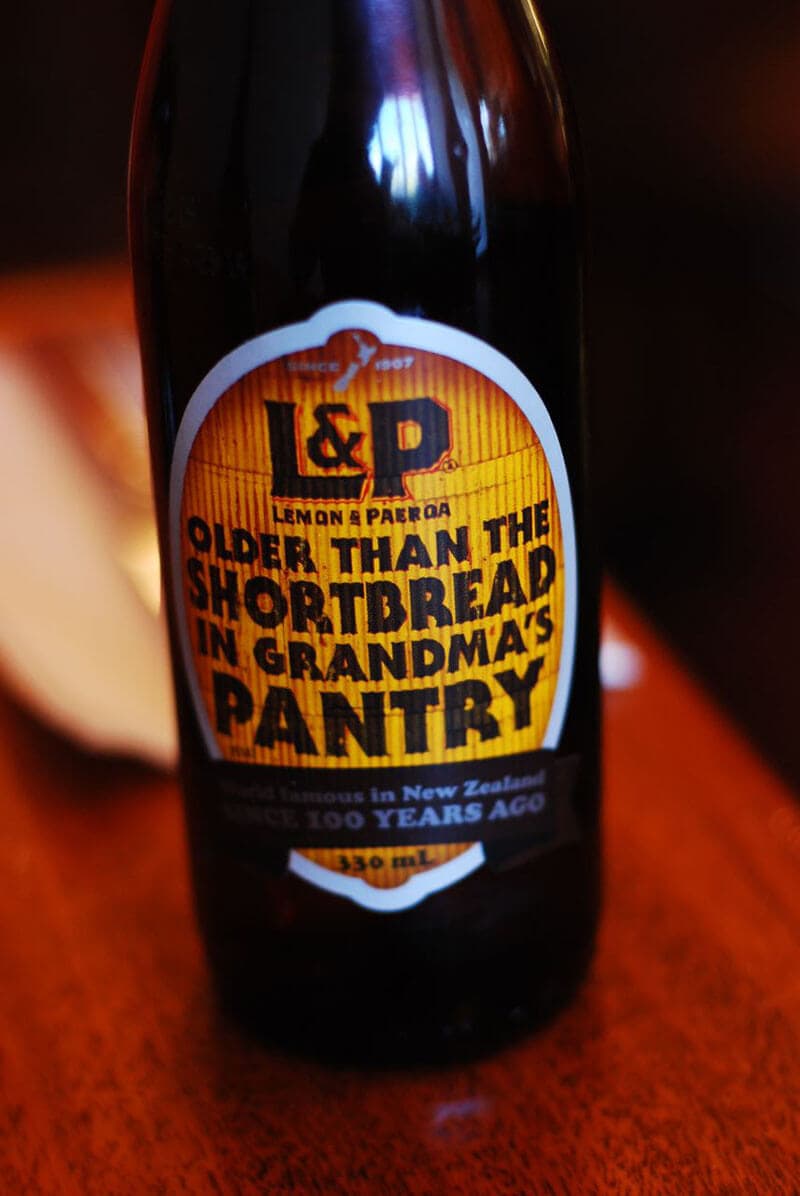
L&P, short for Lemon & Paeroa, is a famous non-alcoholic beverage in New Zealand. This sweet soft drink has its roots in the picturesque town of Paeroa, where it was created in 1907 with love and care.
Today, this iconic beverage has found a new home under the multinational company of Coca-Cola. Besides New Zealand, you can also find it in Australia.
In general, L&P is a combination of lemon juice and carbonated mineral water. It has a pale, light yellow color with a flavor reminiscent of a lemony and sweeter Sprite. It also has a hint of ginger ale and a touch of sugary cough syrup.
FAQs
For more information, don’t not skip these frequently asked questions regarding the culinary culture of this country. With these short answers, you can learn more about it in the quickest way.
New Zealand Eats: A Flavorful Journey!
New Zealand is famous for its Maori culture, cozy Oceanic climate, and countless beautiful scenery, but skipping its fabulous cuisine is a huge mistake to make.
Always remember to eat your heart out when you get to New Zealand, or you’ll find yourself regretful at home not to try those beautiful dishes when you’ve got the chance.
Also, let me know your thoughts on the Kiwis food. I’m positive that you have your own list of the desired dishes. Don’t forget to share this article with your beloved ones. Let them know that they might have missed an outstanding cuisine.
